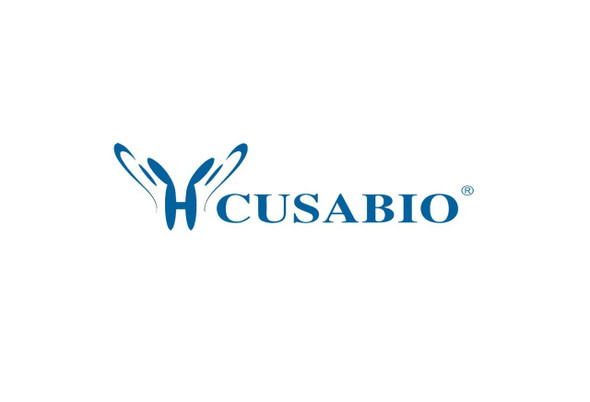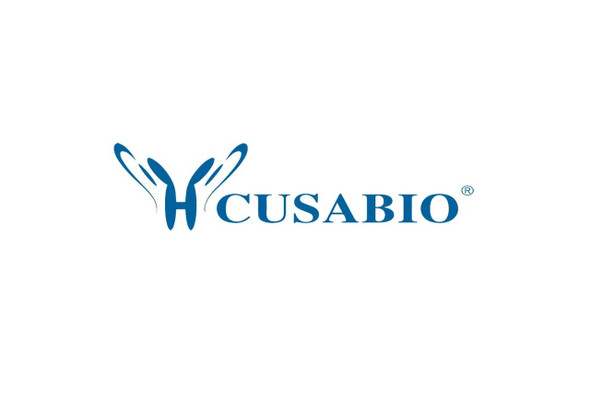Cusabio Virus & Bacteria Recombinants
Recombinant Dictyostelium discoideum DNA-dependent protein kinase catalytic subunit (dnapkcs), partial | CSB-EP703860DKK
- SKU:
- CSB-EP703860DKK
- Availability:
- 3 - 7 Working Days
Description
Recombinant Dictyostelium discoideum DNA-dependent protein kinase catalytic subunit (dnapkcs), partial | CSB-EP703860DKK | Cusabio
Alternative Name(s): dnapkcs; DDB_G0281167; DNA-dependent protein kinase catalytic subunit; DNA-PK catalytic subunit; DNA-PKcs; EC 2.7.11.1
Gene Names: dnapkcs
Research Areas: Others
Organism: Dictyostelium discoideum (Slime mold)
AA Sequence: ELDYPFLIKGGEDLRLDQRIQQLFGIMNEILKRDTACNKRSLNVTTYQVVPMTSKVGIIEWLNDTKPLREILEEQLAHQLKTPRSNVSISKLESTKYHNDWINSFAKYLKPNSPVGPLYQQMFIHATRDDCAKKLEKQHSKVPENLLQNGIWSLSSSPESYLFIRNSFARSLASFSVCSYVIGIGDRHLENFLISQRDGRLIGIDFGHAFGTATQFLPIPELMPFRLTRQFTSFLRPLDSVGLLNHNMTYTLTALQNQKEILLTTMDVFVKEPLLDWSKLATRLVKEQGKHPKDTKNVWFPKQKIQIAKKKLELVNPAYITLEELSGSVHSGLPYEKALSE
Source: E.coli
Tag Info: N-terminal 10xHis-tagged and C-terminal Myc-tagged
Expression Region: 3910-4250aa
Sequence Info: Partial
MW: 46.1 kDa
Purity: Greater than 85% as determined by SDS-PAGE.
Relevance: Serine/threonine-protein kinase that acts as a molecular sensor for DNA damage. Is recruited to DNA ends by the Ku70/Ku80 heterodimer and is involved in DNA non-homologous end joining (NHEJ) required for double-strand break (DSB) repair and V(D)J recombination. This activity is only apparent when DNA damage is administered in G1 phase of the cell cycle. Required for efficient signaling of DNA double-stranded breaks via phosphorylation of H2AX during G1.
Reference: "The dictyostelium kinome -- analysis of the protein kinases from a simple model organism." Goldberg J.M., Manning G., Liu A., Fey P., Pilcher K.E., Xu Y., Smith J.L. PLoS Genet. 2:E38-E38(2006)
Storage: The shelf life is related to many factors, storage state, buffer ingredients, storage temperature and the stability of the protein itself. Generally, the shelf life of liquid form is 6 months at -20?/-80?. The shelf life of lyophilized form is 12 months at -20?/-80?.
Notes: Repeated freezing and thawing is not recommended. Store working aliquots at 4? for up to one week.
Function: Serine/threonine-protein kinase that acts as a molecular sensor for DNA damage. Is recruited to DNA ends by the Ku70/Ku80 heterodimer and is involved in DNA non-homologous end joining (NHEJ) required for double-strand break (DSB) repair and V(D)J recombination (By similarity). This activity is only apparent when DNA damage is administered in G1 phase of the cell cycle. Required for efficient signaling of DNA double-stranded breaks via phosphorylation of H2AX during G1.
Involvement in disease:
Subcellular Location: Nucleus, Nucleus, nucleolus
Protein Families: PI3/PI4-kinase family, DNAPK subfamily
Tissue Specificity:
Paythway:
Form: Liquid or Lyophilized powder
Buffer: If the delivery form is liquid, the default storage buffer is Tris/PBS-based buffer, 5%-50% glycerol. If the delivery form is lyophilized powder, the buffer before lyophilization is Tris/PBS-based buffer, 6% Trehalose, pH 8.0.
Reconstitution: We recommend that this vial be briefly centrifuged prior to opening to bring the contents to the bottom. Please reconstitute protein in deionized sterile water to a concentration of 0.1-1.0 mg/mL.We recommend to add 5-50% of glycerol (final concentration) and aliquot for long-term storage at -20?/-80?. Our default final concentration of glycerol is 50%. Customers could use it as reference.
Uniprot ID: Q54UC0
HGNC Database Link: N/A
UniGene Database Link: N/A
KEGG Database Link: KEGG
STRING Database Link: STRING
OMIM Database Link: N/A









